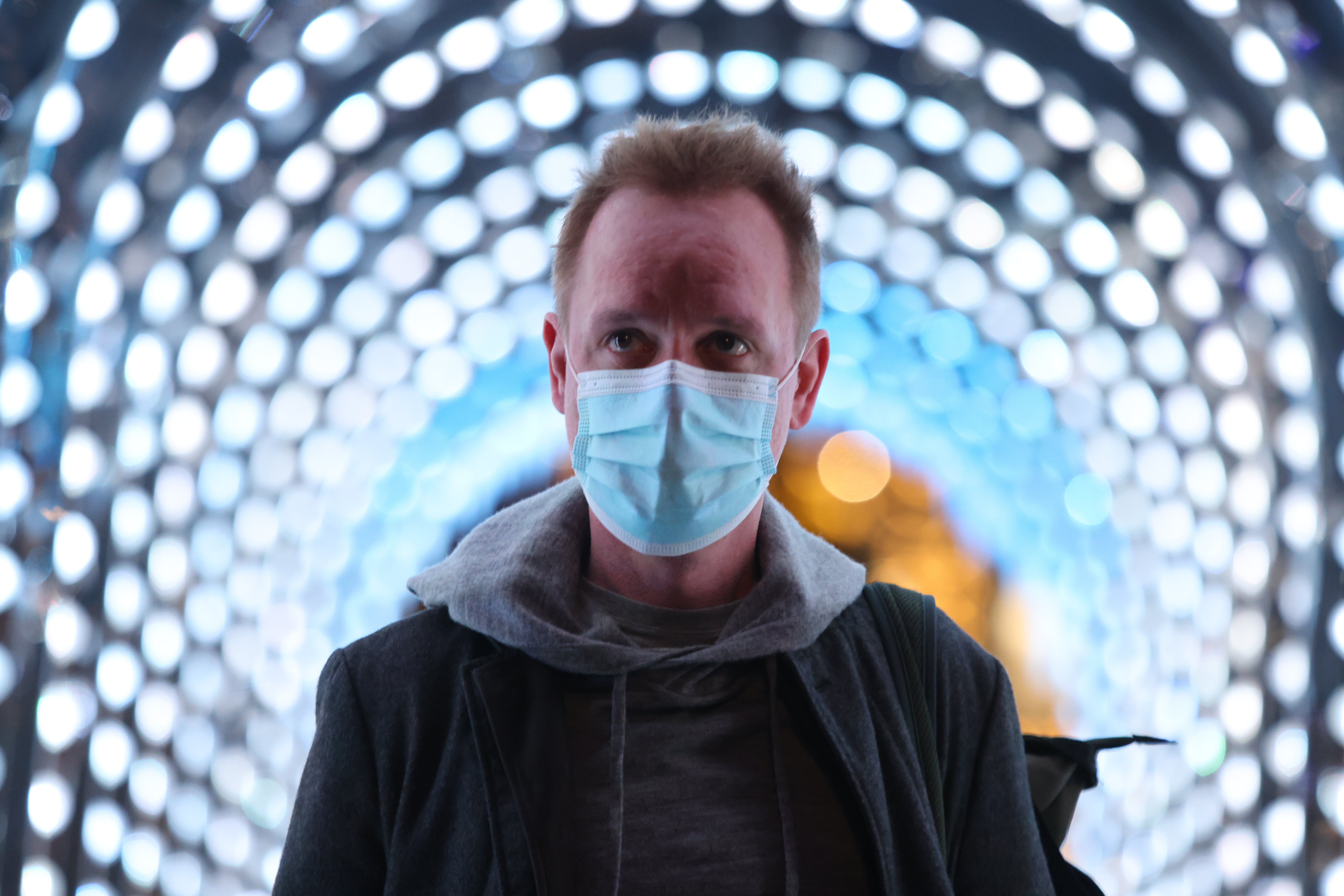In Pictures: The Covid storm cloud that loomed large over 2021
It was another year dominated by coronavirus.

Your support helps us to tell the story
From reproductive rights to climate change to Big Tech, The Independent is on the ground when the story is developing. Whether it's investigating the financials of Elon Musk's pro-Trump PAC or producing our latest documentary, 'The A Word', which shines a light on the American women fighting for reproductive rights, we know how important it is to parse out the facts from the messaging.
At such a critical moment in US history, we need reporters on the ground. Your donation allows us to keep sending journalists to speak to both sides of the story.
The Independent is trusted by Americans across the entire political spectrum. And unlike many other quality news outlets, we choose not to lock Americans out of our reporting and analysis with paywalls. We believe quality journalism should be available to everyone, paid for by those who can afford it.
Your support makes all the difference.The dark cloud of coronavirus hung over Britain throughout 2021, a year which started with lockdown and ended with yet more restrictions in place as the Omicron variant took hold.
The start of the new year was muted, with people told to stay at home once again and schools, shops and restaurants closed.
It was a long, dark winter for most, with long periods of freezing conditions in many parts of the country adding to the gloom.
But unlike the previous lockdowns, this time there was hope in the form of the vaccination campaign.
The rollout expanded at pace, with tens of thousands of people jabbed each day as vaccinators worked their way down the list of the most at-risk groups first.
At the end of February, with millions having now received their first dose, Prime Minister Boris Johnson and the leaders of the devolved nations set out plans and a rough timeline for restrictions to be eased.
On March 8, all pupils returned to schools in England.
On April 12, people could finally get a haircut, meet friends in a beer garden or go shopping.
From May 17, people were finally able to hug one another again as indoor socialising and physical contact was permitted to resume.
On the same day, cinemas, theatres and museums reopened, pubs and restaurants welcomed customers back indoors and the ban on foreign holidays ended as the traffic light system of travel restrictions was brought in.
But at the same time, the Delta variant of the virus spread across Britain and quickly became the dominant strain.
On June 14, Boris Johnson was forced to delay the planned full easing of all restrictions expected to have taken place later that month to July 19 to allow for yet more people to be vaccinated.
But on July 19, social distancing rules which had been in place in one form or another for more than a year were lifted. Face coverings were no longer mandatory in England – though that remained the case in other parts of the UK – limits on gatherings were gone and the work from home guidance ended.
By late summer and into the autumn, case numbers across the UK soared thanks to the Delta variant, though hospital admissions and deaths were a fraction of what they were prior to the vaccination rollout.
But at the end of September, the booster campaign got under way amid fears the jab’s efficacy was waning.
By mid-November, boosters were being offered to more and more sections of society as health officials warned of “bumpy” months ahead during winter.
Leaders appeared confident people could fully enjoy the run-up to Christmas and all the festive season entails, with pantos, parties, large family gatherings and all the things people missed at Christmas 2020 now permitted.
But before November was out, the more transmissible Omicron variant emerged in South Africa, quickly spreading across the globe and forcing the UK Government to implement its Plan B for tackling coronavirus.
People were allowed to spend Christmas Day with friends and family as they had planned, but as the year drew to a close nightclubs were closed once again in Wales and leaders in all corners of the country suggested 2022 may start with further restrictions being imposed to deal with the feared “tidal wave” of Omicron.